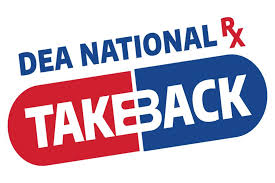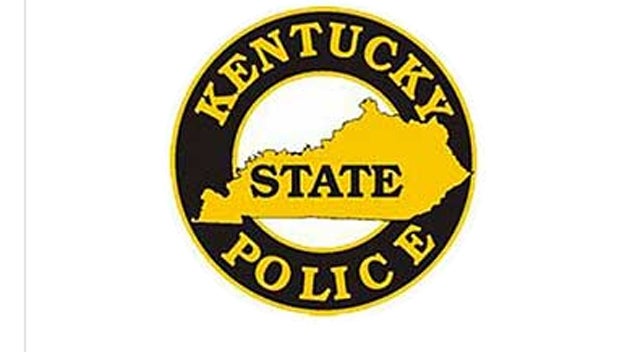Rabies vaccination to begin May 15
Published 10:39 am Tuesday, May 7, 2019
An oral rabies vaccine (ORV) bait will be distributed throughout parts of eastern Kentucky and southwestern Virginia beginning May 15, as part of a nationwide effort to prevent the spread of rabies.
The United Department of Agriculture (USDA), Wildlife Services program (WS), will be distributing the rabies vaccine by fixed-wing and rotary-wing aircraft. Raboral V-RG is the vaccine manufactured by Merial Limited located in Athens, Ga. They consist of vaccine-filled plastic pouches, coated with fish oil or contained in a fish meal polymer.
After approximately four weeks, raccoons are live-trapped and samples are taken and tested for antibodies and a tetracycline biomarker, which indicate that the animal received the vaccine via the bait.
Fixed-wing aircraft will distribute 8-12 baits per day, flying approximately 500 feet in elevation around 145 knots. Rotary-wing aircraft will distribute 2-4 baits per day, also flying approximately 500 feet in elevation. Flight lanes are in a north-to-south grid pattern with around 1,500 feet of spacing.
While being distributed, ORV baits are controlled by a navigator, who turns off the machine as necessary to avoid dropping baits on roadways, structures, large bodies of water and the like.
The project is expected to take around eight days (weather permitting), beginning May 15 in Harlan and Letcher counties.
In a letter to cooperators, Erin M. Patrick, a certified wildlife biologist from USDA, WS program, explained the baiting campaign is in response to a “rabies-positive raccoon reported from the Big Stone Gap area of Wise County, Va., where it was not previously detected during 2017.”
Patrick said they have not detected a positive case in eastern Kentucky.
“However, due to the close proximity to the Virginia-positive, beginning on or about May 15, approximately 355,000 coated sachet baits containing the oral rabies vaccine (ORV) will be distributed across a 608 square-mile bait zone in southwestern Virginia and eastern Kentucky,” Patrick said. “This includes the eastern-most portions of Harlan and Letcher counties and the towns of Benham, Cumberland, Lynch and Whitesburg.”
Patrick added, “Baits will be distributed by low-flying, fixed-wing airplanes and a helicopter. The aerial bait drop is expected to last for about one week.”
The USDA recommends the following precautions in case ORV baits are found by persons or pets:
- If your pet finds an ORV bait, do not attempt removal of the bait from your pet’s mouth, as you could be bitten. Eating the baits will not harm your pet;
- Confine your pet and look for other baits in the area. These baits should be removed from areas where your pet could eat them;
- Instruct children to leave baits alone;
- Wear gloves or use a towel when you pick up the bait. Although there is no harm in touching an undamaged bait, they have a strong fish meal smell. Wash your hands thoroughly with soap and water if there is any chance that the vaccine sachet has been ruptured;
- If a person or pet is exposed to the vaccine contained within the bait, call the toll-free number on the bait (1-877-722-6725) to report the bait contact.
Implementation of the program in Kentucky is a cooperative effort between the USDA, the Centers for Disease Control and Prevention (CDC), the Kentucky Department for Public Health, the Kentucky Department of Fish and Wildlife and other state agencies.
For more information on the distribution of ORV baits, contact the USDA at 866-487-3297 or visit their website: http://www.aphis.usda.gov/wildlife-damage/rabies.





